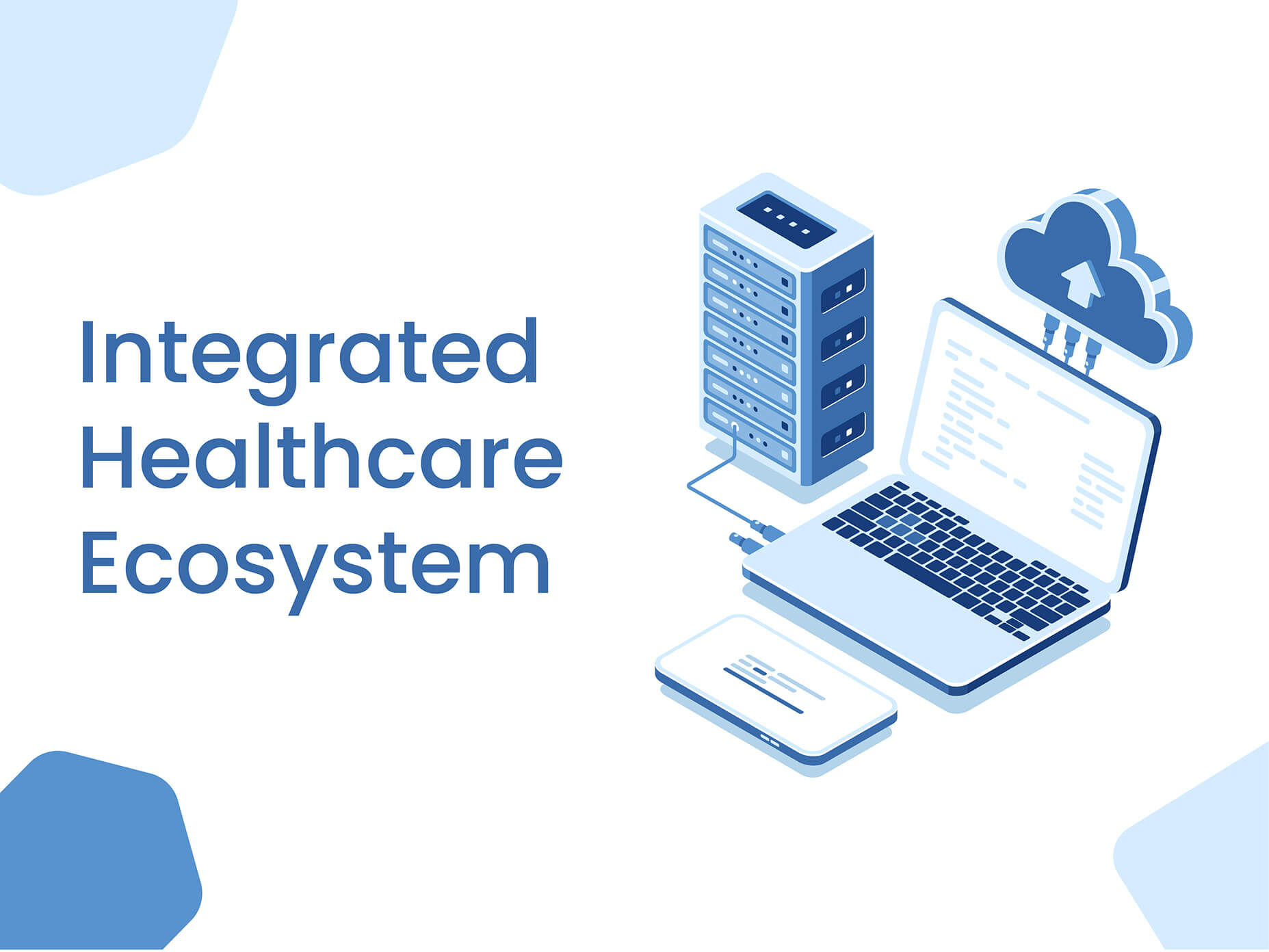How the integration of eye care ecosystem with cloud-based IT infrastructure can bring revolution

2021 has shown us all the fragility of life and revealed the shortcomings in our healthcare ecosystem. Eyecare providers have faced unprecedented challenges in coping with the surge of covid-19 positive patients while keeping the frontline staff and other patients safe.
This pandemic has brought rapid changes in Eyecare and our day-to-day lives, moreover it has accelerated the necessity to adopt online appointment bookings, Teleconsultations, e-prescriptions and more. It brought collaborations among Eyecare organizations to provide value-based care for patients, regardless of patients and clinicians' location, while eliminating the risk of exposure to the coronavirus.
Eyecare providers of all sizes used to rely heavily on emails and faxes as the most secure methods of Exchanging Health Information (HIE). And many Eyecare centers have been dealing with Client-server infrastructure, which is both expensive and time-consuming. As a result, it required them to set up streamlined Information Technology Infrastructure and incited migration to Cloud-based solutions.
While Covid-19 disrupted the Eyecare workflow, it also led to revolutionary changes in the IT sector. in just two to three months, Eyecare organizations have seen the equivalent of two years of digitization. Eyecare settings had to change how and where people worked and sought patient care overnight. Technological companies such as Microsoft have made it possible for healthcare providers to leverage Cloud-based solutions such as EHNOTE to integrate the Healthcare Ecosystem.
EHNOTE, a state-of-the-art EHR software with customizable interfaces explicitly designed for ophthalmology, provides electronic patient data processing in the HIPAA regulated Cloud-based Information technology infrastructure. For optimization of your eye care setting in this post-pandemic situation.
Cloud-based information technology infrastructure enables ophthalmologists to respond quickly to patients while reducing errors. Systematically integrated Cloud-based EHR can cut down the amount of time spent to gather the necessary patient data and optimize the workflow by connecting ophthalmologists with optics, pharmacies and insurance companies.
Cloud-based EHR software enhances interoperability among clinicians and reduces cognitive overload, making it possible for ophthalmologists to communicate directly with each other on the same platform without continually having to adapt a variety of practitioners' communication preferences.
A uniform interoperable system integrated with the Cloud-based EHR can alert the right people quickly and adequately, increasing the capacity to treat patients effectively in critical circumstances.
Organizations can eliminate the need to purchase and maintain disparate, unintegrated systems by enabling interoperable platforms unified with software technology.
Conclusion:
One of the most important lessons we have learnt from this crisis is that effective and efficient communication is essential for safely addressing unexpected challenges in Eyecare organizations. If there is a breakdown in the process, it is usually due to the lack of interoperability among practitioners, and it can lead to incumbencies in the clinical practice-flow.
Ophthalmologists must act quickly to meet health needs to mitigate workflow incumbencies. Collect patient data to effectively treat patients and accurately document the health information in cloud-servers, and failure to do so increases the workflow's ambiguity.
In order to address post-pandemic issues, Eyecare providers must adopt coherent approaches in implementing holistic strategies for delivering value-based care leading to accurate information flow and quality-performance.
Contact us [email protected] to know how Cloud-based, Integrated and Intuitive EHR software can amplify your eye care center's KPI.
